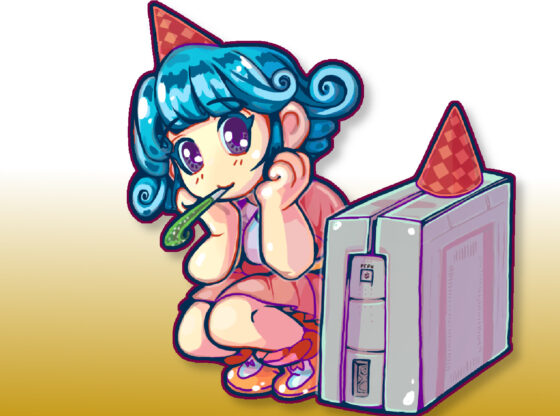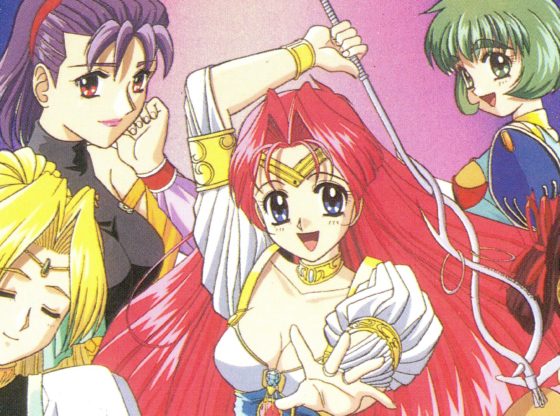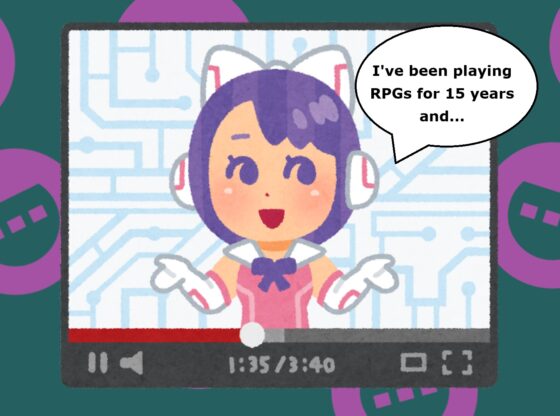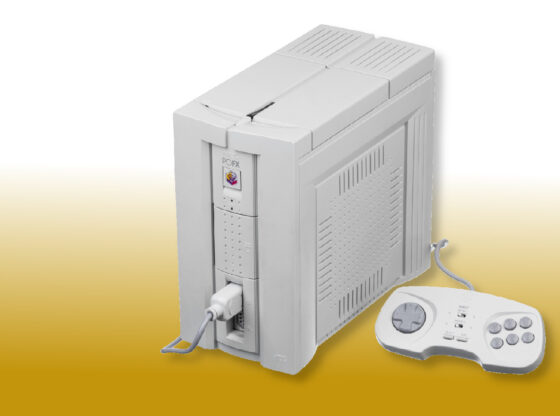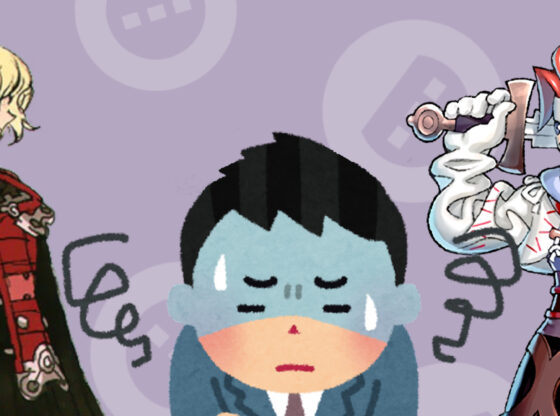When the Nintendo 3DS is literally named after one its most iconic features, what happens when you take it away?
While nothing is confirmed at this point, a rumor has been floating around on the sea known as the internet that the Nintendo 3DS is going to see a couple of major changes as we move into 2012. These rumors not only suggest that current 3DS owners will be seeing major changes, with a possible second circle pad accessory, but also that Nintendo is going to be almost re-branding the system. According to 01nets inside sources, 3D didn’t exactly pan out like Nintendo was hoping it would, so they will be pushing the system’s focus away from the 3D functions. But what does that leave Nintendo 3DS with?
Being in its name, it’s obvious that the 3D effects were Nintendo’s intended key strategy for success. Try going through an interview with a 3DS game developer without hearing that “the 3D adds a real sense of depth.” In terms of what 3D can do, Nintendo delivered given the technology. It provides an extra visual flair you can’t find on any other system without an expensive TV and glasses.
With 3D movies on the decline, it only makes sense that Nintendo would start looking to back out of using the feature as a main selling point. So where does Nintendo go from here? Major hardware features can’t really be added, unless they want to alienate the 4 million 3DS owners already out there. Therefore, Nintendo needs to fall back on a different feature to really push the system.
Street Pass is obviously the most popular feature, but it isn’t exactly something that sounds fantastic when described in words. It’s not until you experience it yourself that you can truly appreciate what it adds to the system, hence why it was a bit of a surprise for 3DS owners at launch. Like the 3D, it’s also difficult to advertise, but at least 3D was a concept people could relate to based on past experiences. Street Pass, not so much. It’s also a very passive feature of the system and not really one to improve an existing gaming experience. Sony seems to be stepping into this ring as well with PlayStation Vita’s Near networking features. Augmented reality gameplay, while fun, is something that has proven in the past to be a mere novelty.
Those two features are really all the 3DS has to offer new, outside of the beefed up hardware.
Without 3D, the system’s most unique feature is its dual screen setup, which was carried over from the Nintendo DS. While still flawed in terms of displaying content across both screens, the second screen does a fantastic job of removing the clutter off the playing field. The now popular touch screens have graced basically every portable device on the market, and microphone gameplay never went anywhere. There’s always the promise of a more extensive online functionality down the road, but with Nintendo, that seems unlikely.
That would leave the Nintendo 3DS with the fact that it does, indeed, play full retail video games, which only one competitor is really tackling at the moment. While hardware has definitely helped Nintendo these past two generations, if the 3D aspect of the system collapses, software will probably be the only driving factor. The last time Nintendo solely relied on software, the Gamecube, it wasn’t pretty from a sales perspective, at least given their history. And with third party support on the fence about the system right now, the 3DS wouldn’t be in a comfortable position.
Again, as we stand now, the information is all rumor-based. Drastic changes in the hardware seems like an unlikely course for Nintendo, especially since they haven’t even really given the hardware a chance thanks to only a handful of worthwhile games available for the system.
Nintendo has quite a few heavy hitters coming down the line and this holiday season will most-likely show us if the console will be on its way to recovery or continue to struggle. But if the focus on 3D is removed, it seems unlikely that the system will have a spotlight feature to really grab the consumer’s attention.







